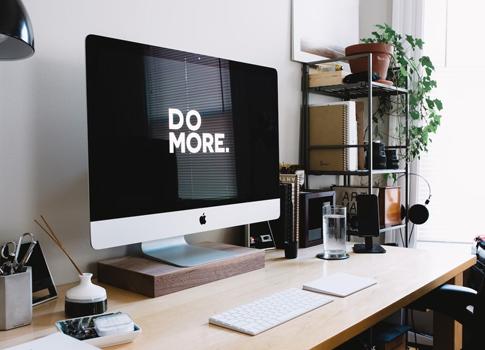I’m sure we can all think of countless times where our mood has impacted our shopping behaviour, whether we realised it at the time or in hindsight when looking back at the receipt! It may be that we need to engage in some retail therapy in order to boost our mood, or we may want to prolong a positive mood or feeling by treating ourselves to something new. Either way, we may feel more encouraged to shop depending on our mood.
So can moods impact purchasing behaviour in different ways?
The impact of negative moods on shopping behaviour
Retail therapy is a well-established concept, which translates into the idea that the practice of shopping can make oneself feel more cheerful and boost one’s mood. The reason why is simple: treating yourself to something new feels good and in turn, has a therapeutic effect on us.
For some people, shopping can act as a coping mechanism to help us deal with the stresses of everyday life, in particular when experiencing negative moods. Evidence suggests that feelings of sadness are often associated with a loss of control, explaining why shopping may be used as a tool to regain personal control and provide comfort to the individual.
Sadness
One study tested shopping choices in both online and physical shopping environments. In both of these cases consumer shopping choices, even just the act of browsing in the online study, helped to alleviate sadness and restore feelings of personal control. However this is not relevant for all negative emotions, for example anger is often caused by external factors and so regaining personal control often won’t help to alleviate the anger.
Stress and anxiety
As well as sadness there is research that shows shopping can also be used as a coping method for dealing with negative emotions such as stress and anxiety. This is especially true for unplanned and spontaneous shopping. In fact, an impulsive buying tendency personality trait was developed by researcher Zimmerman whereby people with this trait tend to find it hard to control their emotions and generally feel more anxious, leading to a temptation to shop in an attempt to reduce anxiety and replace negative feelings with positive ones.
However, evidence suggests that using shopping as a method to alleviate negative moods does not have long term positive effects in reducing these moods.
The impact of positive moods
On a more positive note, how does a happy mood impact shopping behaviour?
Powerful advertising
It is not surprising that a positive mood creates a positive lens over our world, leading us to view things more favourability, be more open to new ideas, and be more easily influenced. In the world of advertising it has been found that reaching someone in a good mood results in higher memorability of ads, more favourability of ads, and longer dwell times engaging with ads. Therefore it makes sense that a happy mood could lead to more positive product perception whilst shopping.
Decision making
When we are in a good mood we are more likely to make decisions quickly and won’t spend too much time deliberating. This, therefore, impacts our purchase behaviour as when we go shopping in a good mood we will be using our system 1 processing, which relies on shortcuts and fast decision making. As the rational part of our brain, system 2, is largely ignored making us much more prone to purchasing hedonic items such as clothes, jewellery and indulgent food when feeling happy.
The impact of boredom
The final emotion to explore is boredom, as indulging in a shopping trip or browsing online can be enough to distract you from your bored and frustrated state. One study investigated the role of boredom in an online retail shopping environment. They conducted face to face in-depth interviews on a qualitative sample of young Swedish consumers and found that when consumers are bored and frustrated, they will be easily triggered by stimulus such as price and easy access.
Browsing online for clothes is viewed as a way to kill time when bored. And when the browsing leads to purchasing, often on impulse, it allows people to escape their boredom and inject some excitement into their day. Shopping can also be used as a coping mechanism by replacing the negative emotions of frustration and boredom with positive emotions such as the pleasure and satisfaction of buying something new.
The impact of our environment
Interestingly we can flip all of this on its head and also look at how the environment of the store can impact mood, which in turn impacts shopping behaviour.
There is a wealth of evidence to suggest that environmental cues such as music, colour and the general ambience of a store can trigger a particular mood which then influences purchasing behaviour, whether this is at a conscious or subconscious level. For example, cool colours like blues and violet generally tend to boost consumers mood, in fashion oriented stores in particular blue colours are linked with more favourable evaluations of the clothes. Whereas warmer interior colours in a shop like oranges have been found to subconsciously decrease mood and lead to less positive evaluations of the clothes.
Another example is music, with research suggesting that popular nostalgic songs for certain age groups appeared to boost their moods, and in turn boost sales.
A lesson to retailers would be to consider both sides of how mood impacts shopping behaviour. Firstly, consider which mood is best to reach someone depending on the context, who the individual is and what you are trying to sell. Secondly, consider how you can use the power of mood to your advantage, and create the optimal shopping environment for your customers.






